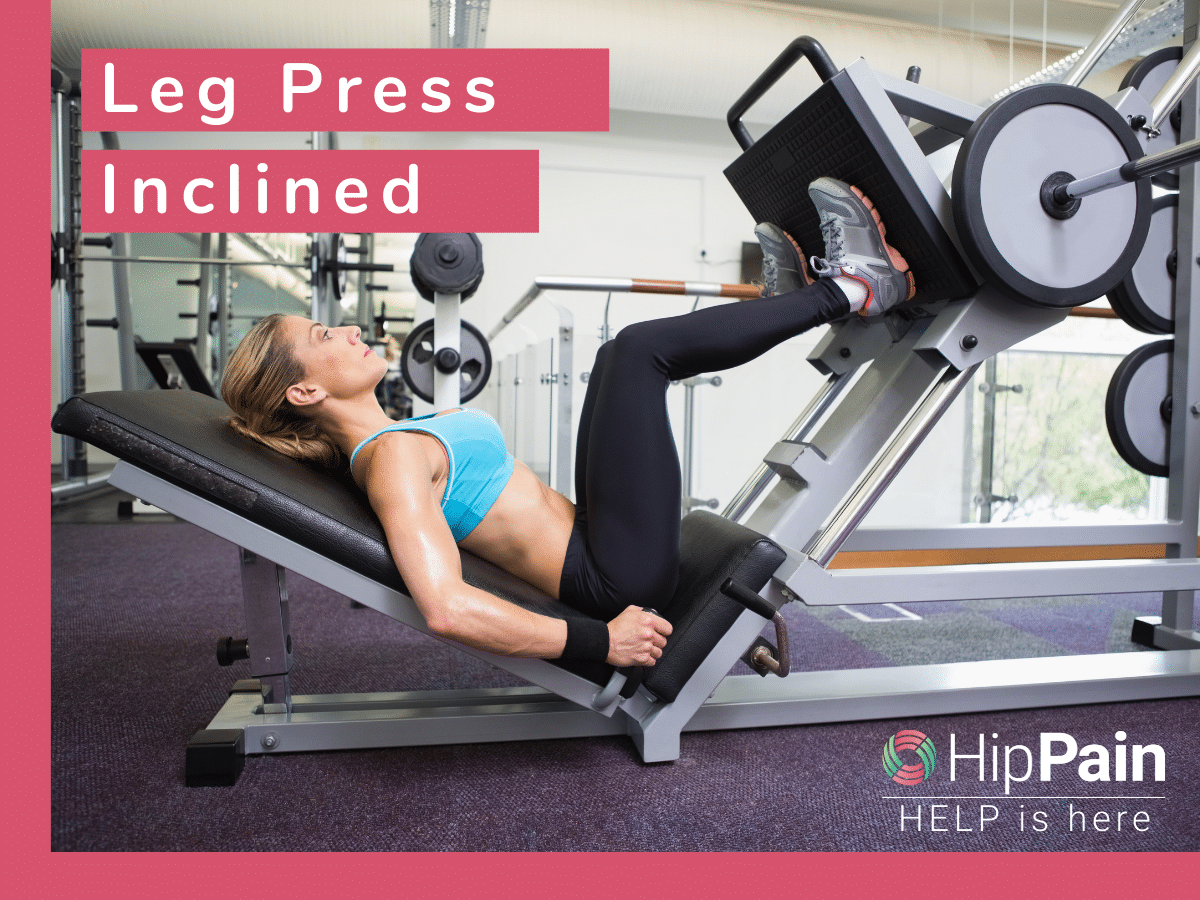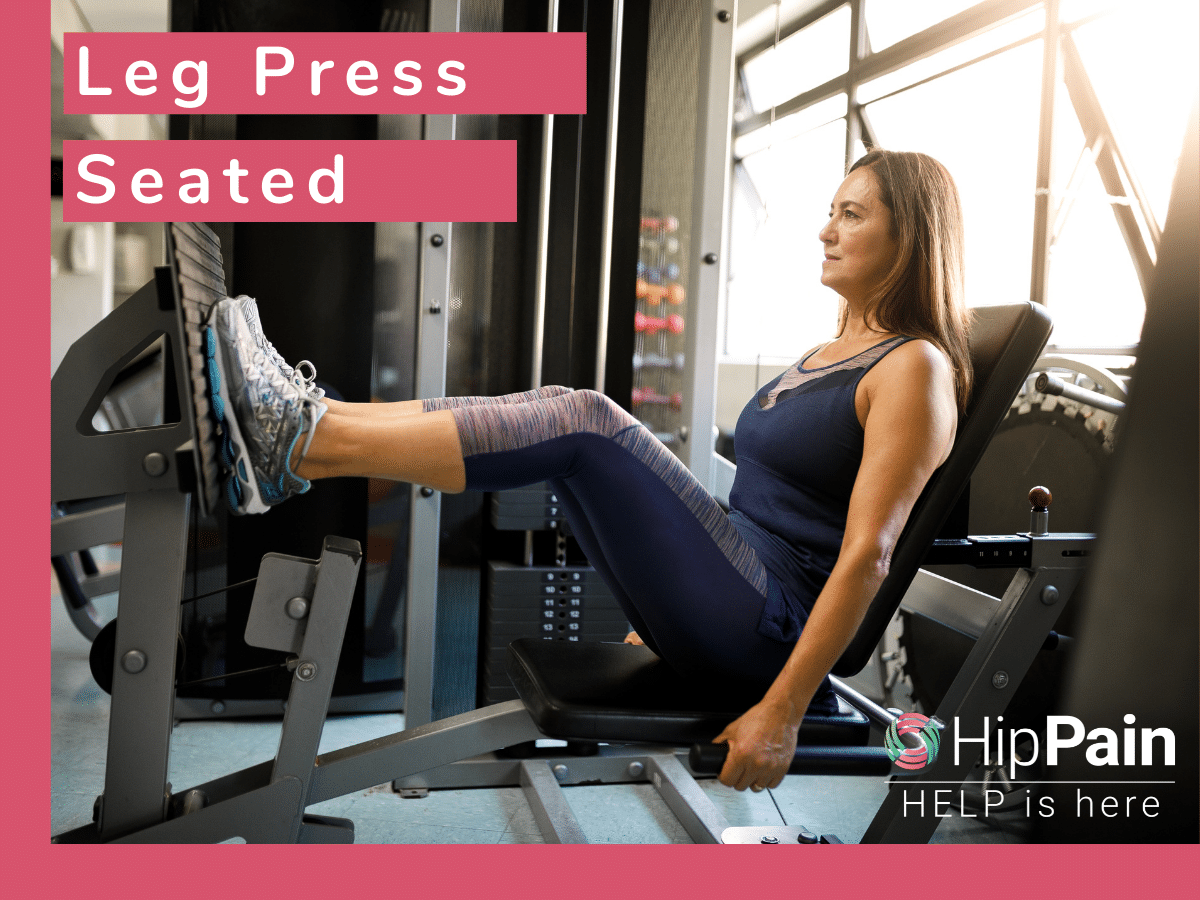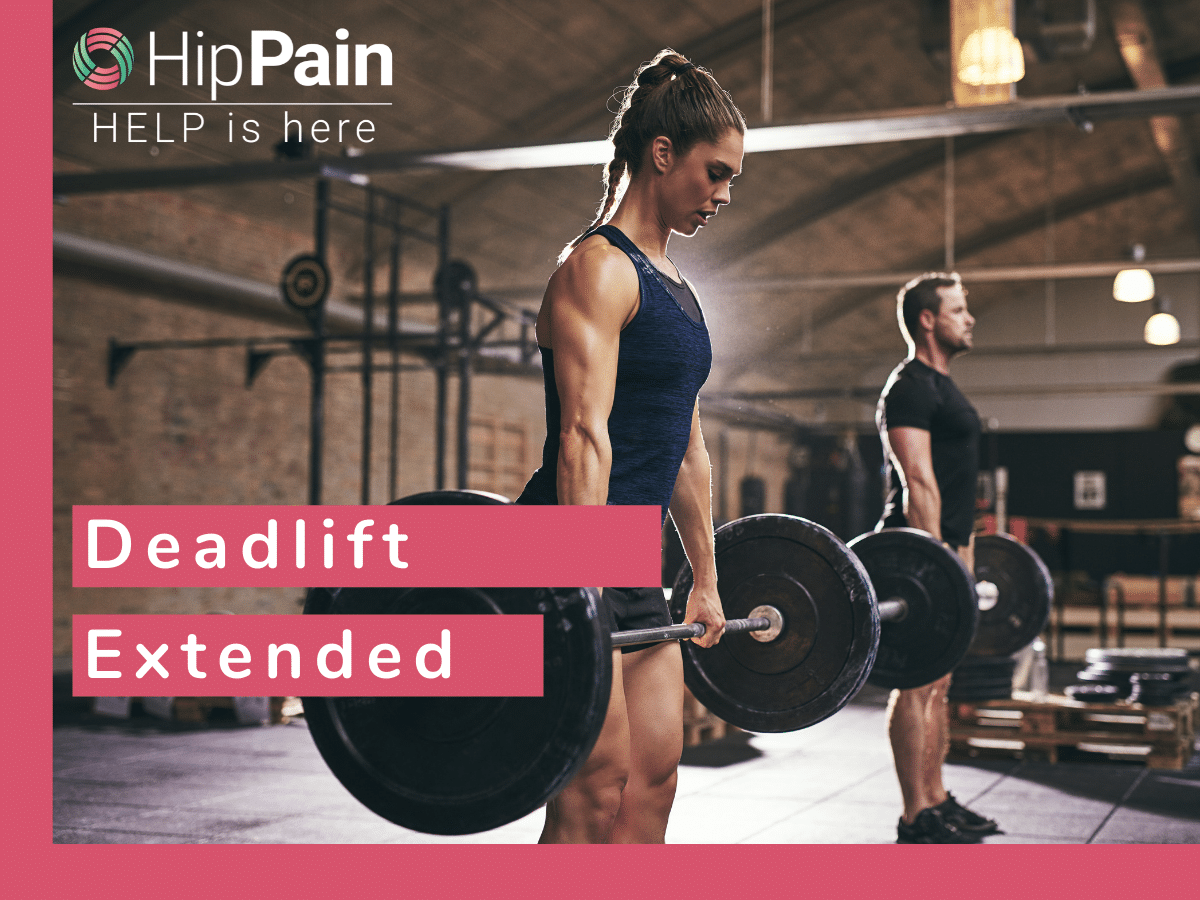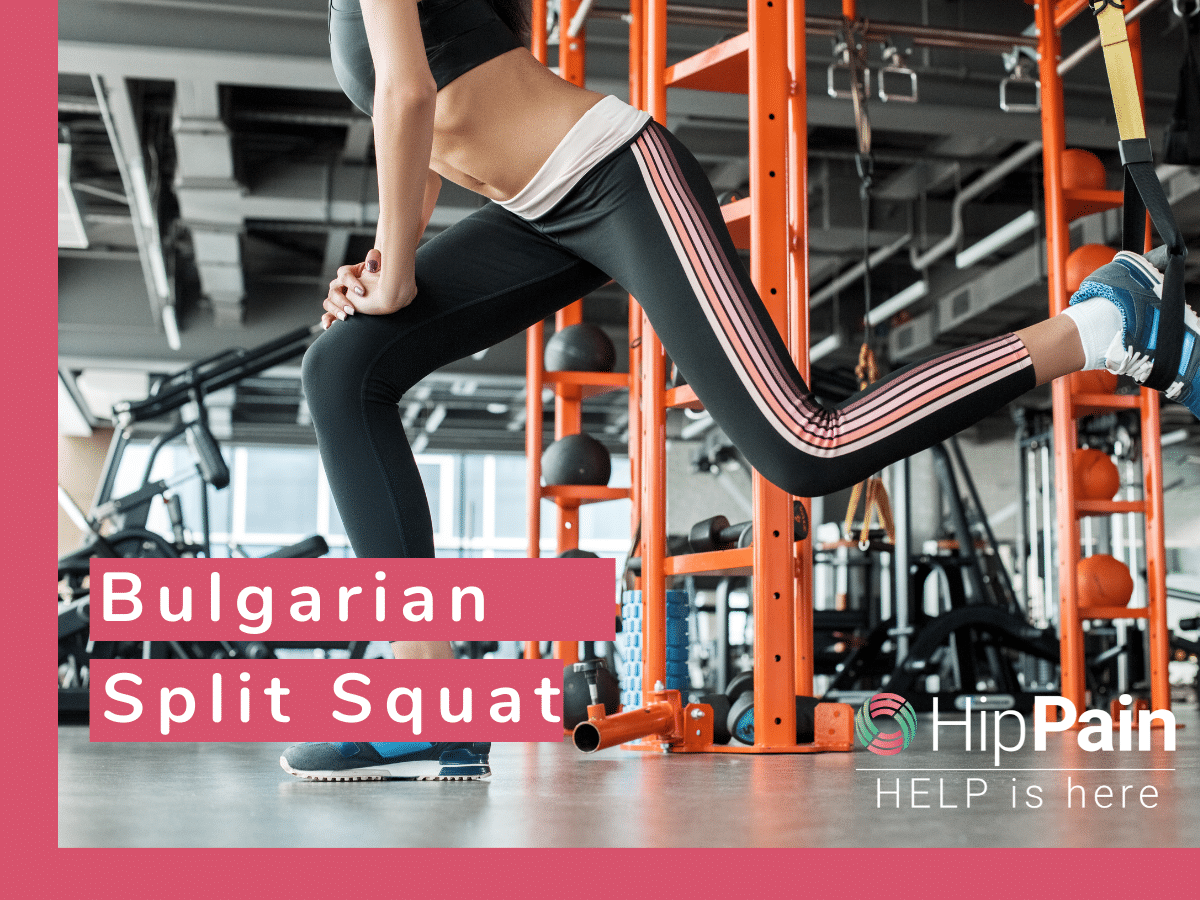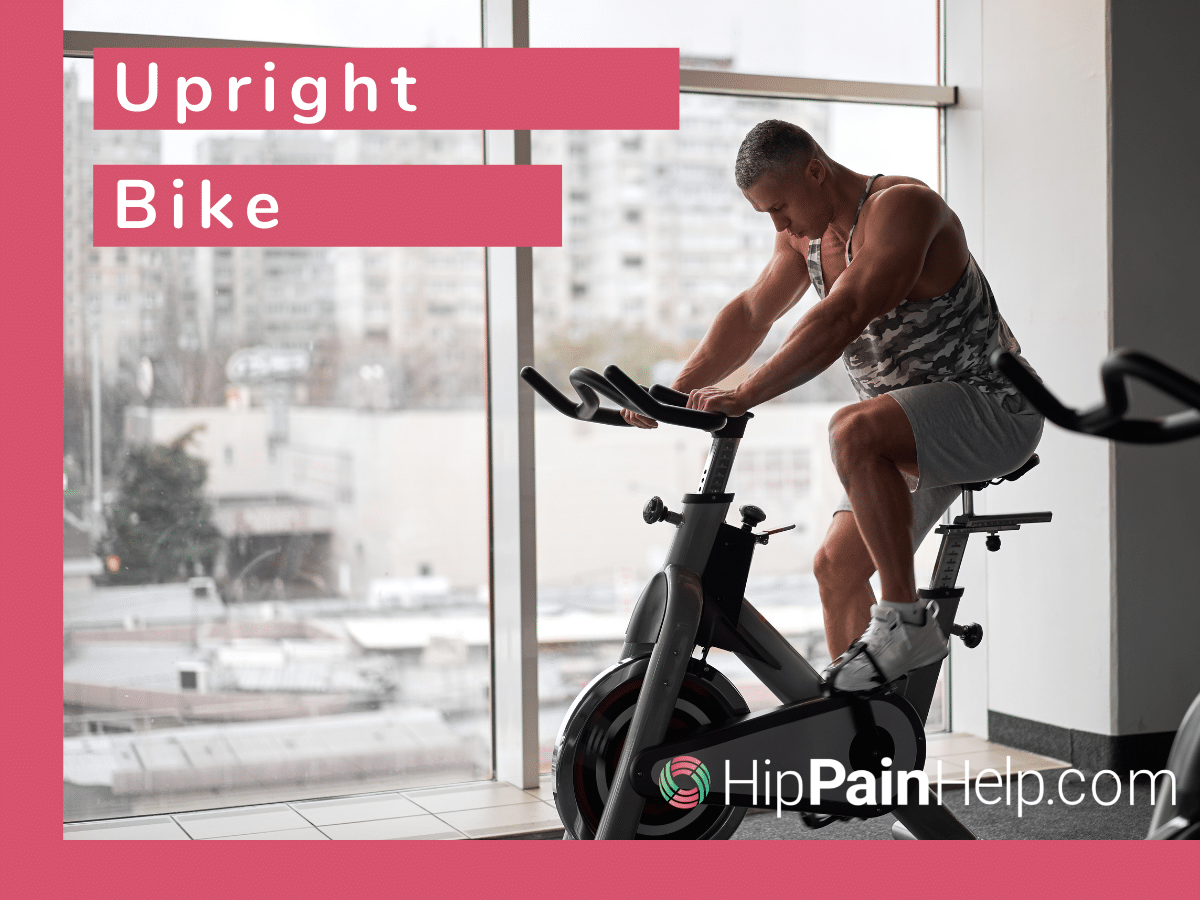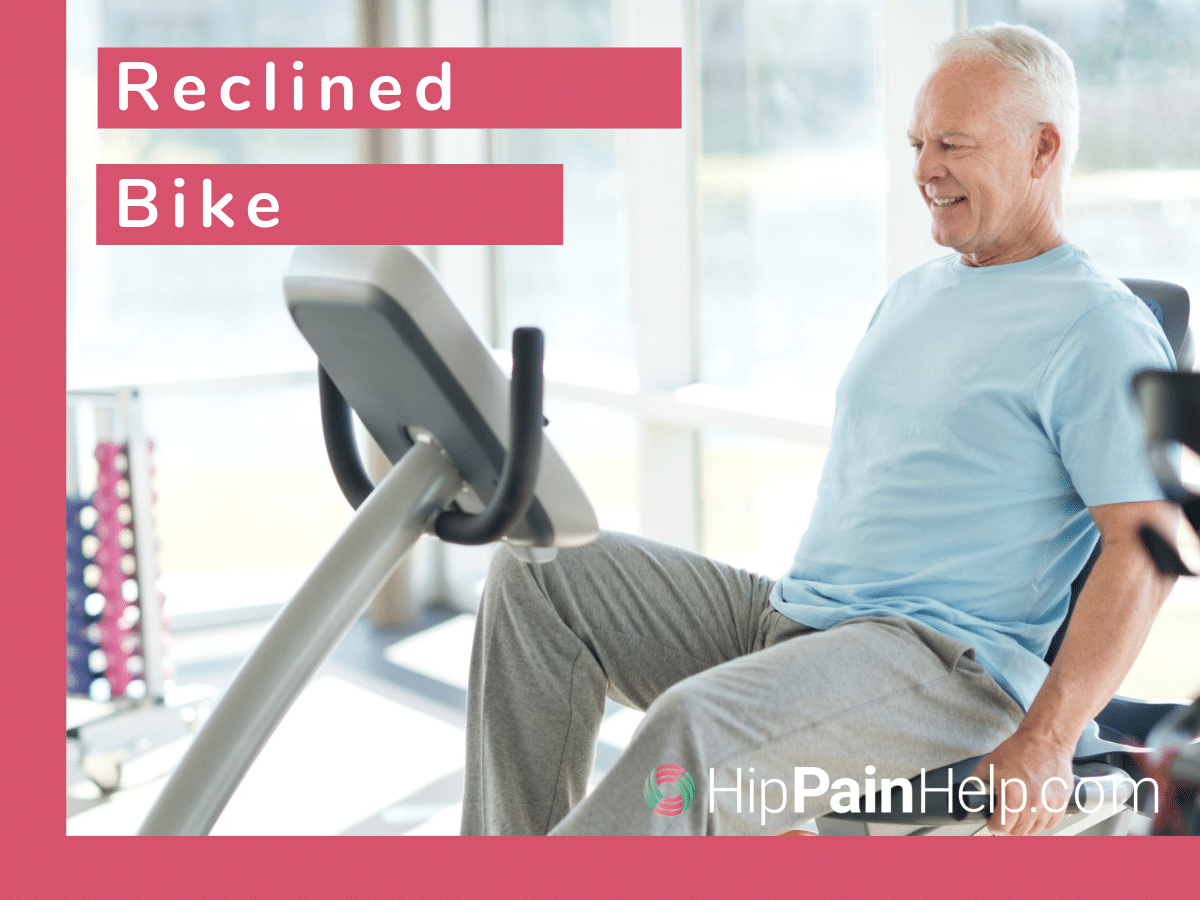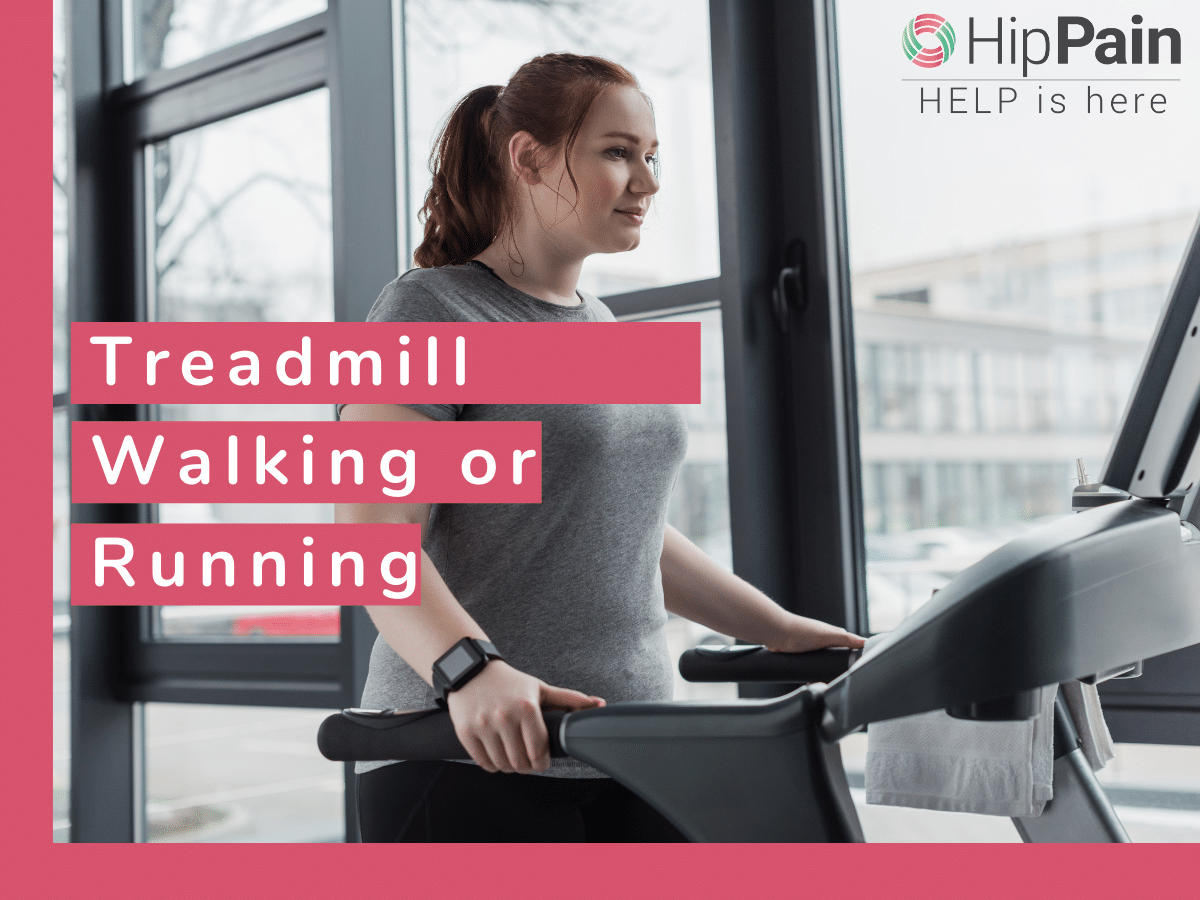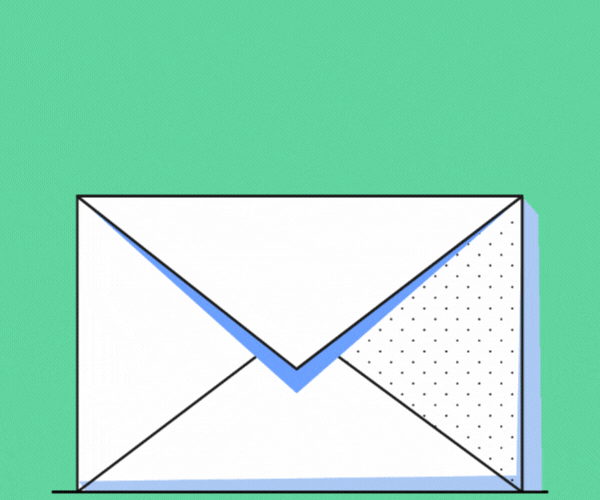Some people experience a flare up after a single session of leg press, but often the irritation is cumulative – the more you do, the more irritated the hip becomes over time.
Deep hip flexion (positions where the knee is close to the chest) can be irritating for hip pain due to high compression of structures at the front of the hip and traction or stretch at the back of the hip. In this position, the labrum – the fibrous cartilage that sits around the edge of the hip socket, and sometimes muscles at the front of the hip can be repeatedly over-compressed or ‘pinched’. A little of this type of force is usually tolerated but if repeated and performed with high weights, it can be very provocative for these structures.
At the back of the hip, the opposite situation is occurring, the fibrous capsule of the back of the hip joint is on high stretch. For most people this is fine, but for some people with less bony or capsular support at the back of the hip, the hip may not tolerate very much of this type of exercise. With less bony and capsular support, the deep muscles at the back of the hip may need to work much harder in deep hip flexion. This in turn may irritate the neighbouring sciatic nerve deep in the buttock.
For other people who might have muscle or tendon conditions at the hip, pushing against a large weight from that super-flexed position is hard work and can irritate relatively weak muscles or tendons. Exercising in middle ranges is easier and better tolerated initially than exercises that move through the extremes of range.
Which hip conditions are most aggravated by leg press?
Below we list some of the key hip conditions that may be aggravated by leg press. Please note that not everyone with these conditions will have difficulty with leg press but having one of these conditions may increase the likelihood that your pain is aggravated by leg press. Exercise type, technique and equipment selection should be optimised for each specific person. Getting the help of a Hip Pain Professional can be extremely useful in providing individualised advice as to the gym exercise you should avoid for hip pain both in the short and long term.
Pain through the front of the hip with leg press
Conditions that may be aggravated by leg press include:
- Femoroacetabular impingement syndrome – (cam morphology). This is where there is a thickening of the bone at the top of the thigh (femur), making the ball or the ball and socket joint a little larger than normal. The ball and socket can then impinge more easily in positions where the knee is forced close to the chest.
- Femoroacetabular impingement syndrome – (pincer morphology). This is where the socket in the pelvis (acetabulum) wraps more than normal around the front of the ball at the top of the thigh (head of femur). The bones can again impinge more easily in deep hip flexion.
- Other forms of impingement at the front of the hip. There are other structures that can also catch (impinge) at the front of the hip (extra-articular impingement (AIIS or Subspine Impingement)) These are also conditions where the impingement occurs just outside the joint and usually involves compression of muscles between the bones of the top of the thigh and pelvis.
- Hip joint osteoarthritis
- Labral tears
- Gluteal tendinopathy – although a condition relating to the outside of the hip, exercising hard in deep hip flexion positions may be irritating to your pain.





